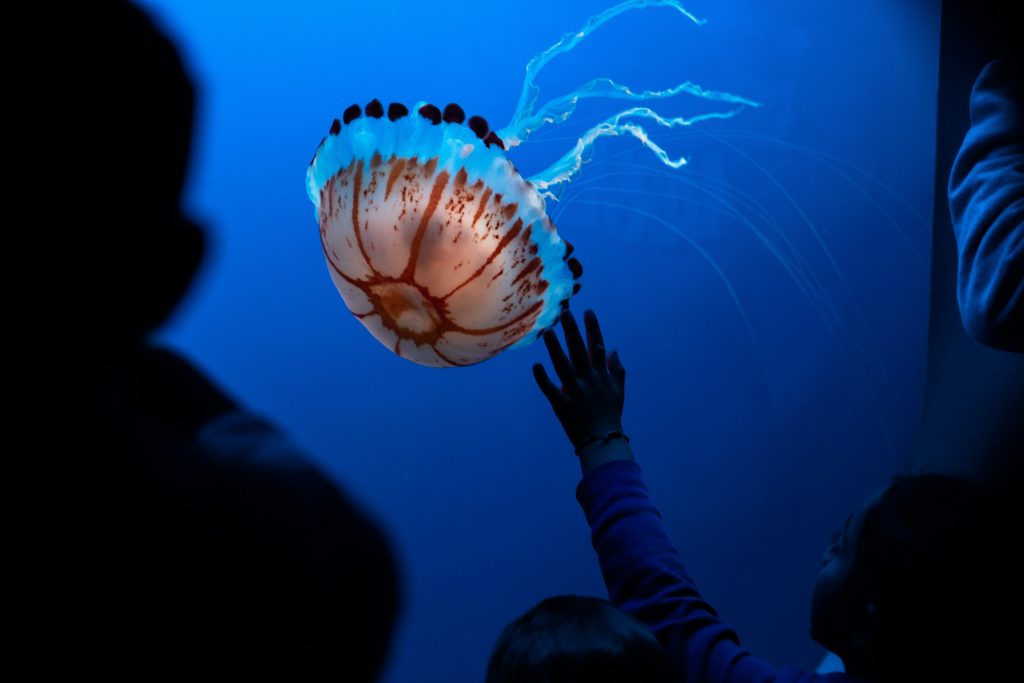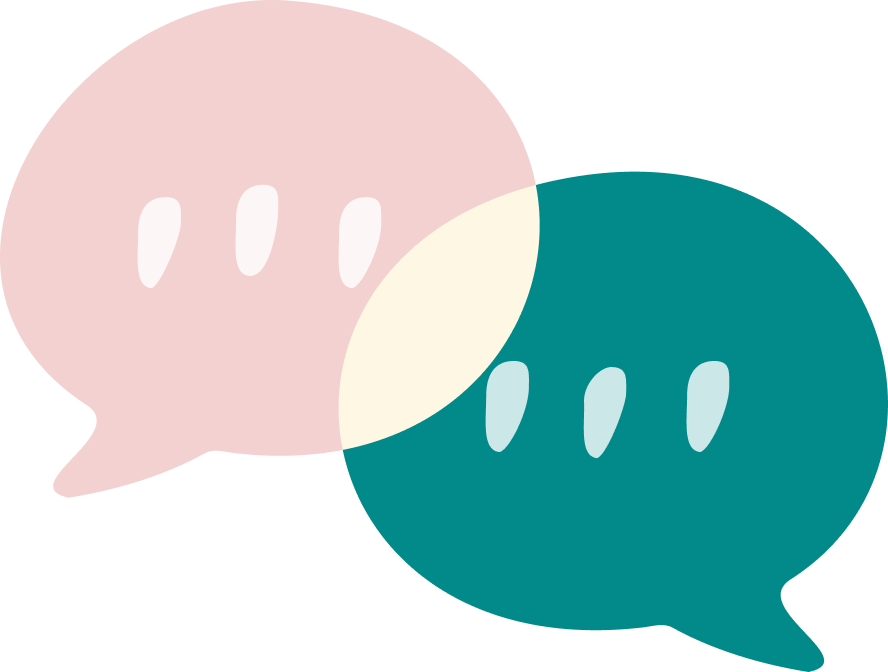How can children become kinder and more generous versions of themselves?
As the world is becoming increasingly individualistic, nurturing prosociality is one of the major challenges for parents and teachers around the world.
Our research shows that finding moments of awe can help children to feel more relaxed and able to set aside their own concerns to focus on the needs of others: Awe fosters children’s kindness and generosity.
What is awe and how can it make children kinder?
People experience awe when they encounter vast mysteries that are hard to grasp. The rainbow, waterfalls, fireworks, Van Gogh’s Starry Night, Beethoven’s symphonies, the harmony of planets’ movement, and the mysteries of the life cycle are just a few examples that give people goosebumps and transfix them in front of sites greater and grander than the self. These awe-filled experiences soften the ego and make one feel small, making it possible to turn attention outwards and reach out to others. Past research shows that this humbling experience of “small self” makes adults more relaxed and willing to help others.
Although awe is a common experience in childhood, scientific research on children’s reactions to awe was scarce. Our research filled this gap by studying reactions to awe-eliciting stimuli in children aged 8–13.
One of our main challenges was how to produce, and then measure, the experience of awe in children. We first constructed emojis that were easily understood by children and allowed us to measure experiences of awe and other emotions (anger, boredom, fear, joy, and sadness). We then asked 51 children to watch 15 different movie clips and asked them to rate each of these clips on the emotions they experienced using the emojis, after making sure the kids understood what we meant by awe. We selected a clip that the children rated highest on producing awe, another one that scored the highest on joy, and a third one that was rather neutral. Then we could compare these clips for their impact on children’s behavior after seeing them.

We asked 159 children to watch one of the three clips online and then asked them to do two tasks that measured their willingness to help others at their own cost. The first task was to count items in a spreadsheet to help determine what had been donated to a university food drive for local refugees. The second task was to decide whether they wanted to donate a museum ticket that was offered to them as a reward for completing the study to a refugee family or to keep it to themselves. The results were clear: Children who watched the awe-inducing clip counted about 50% more items for the food drive and were at least twice as likely to donate their museum ticket to a refugee family than children who watched the joyful clip or the neutral clip.
Next, we went into a real-world setting, aiming to understand the physiological impact of awe on the body. The setting was the NEMO Science Museum in Amsterdam, as part of their Science Live Program, with 384 children who again watched one of three clips and completed two tasks measuring their helping behavior. We also measured children’s physiological reactions using sensors attached to their bodies.
Although children who watched the awe clip did not count more items than children who watched the joyful or neutral clips, they showed greater helping behavior in the second task: They were more likely to donate a chocolate snack that was given to them as a reward for completing the study to a refugee children’s organization. What is more, the children’s physiological reactions differed: While watching the awe-inspiring clip they had more activation of the part of the nervous system known to make a person more relaxed and connected to others.
Are you a parent or teacher, and would you like to inspire kindness and generosity in your children or students? Encourage them to explore the wonders of the world—from rainbows to waterfalls, from paintings to symphonies, and from starry nights to sunrise.
This article has been first published at The Society for Personality and Social Psychology blog
For Further Reading
Brummelman, E., & Sedikides, C. (2020). Raising children with high self-esteem (but not narcissism). Child Development Perspectives, 14, 83–89. doi:10.1111/cdep.12362
Keltner, D. (2023). Awe: The new science of everyday wonder and how it can transform your life. Penguin.
Stamkou, E., Brummelman, E., Dunham, R., Nikolic, M., & Keltner, D. (2023). Awe sparks prosociality in children. Psychological Science, 34 (4). https://doi.org/10.1177/09567976221150616




